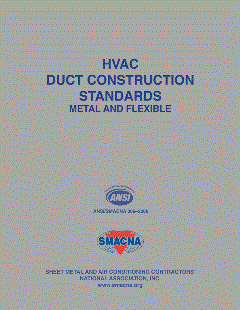2015 should be a good year for construction, according to a new economic forecast from an industry association.
The Associated Builders and Contractors say the industry should continue growing next year, especially in industries closely tied to energy production.
"ABC forecasts nonresidential construction spending will expand by roughly 7.5 percent next year," said Anirban Basu, the association’s chief economist. "The segments that will experience the largest growth in construction spending in 2015 include power (e.g. natural gas-related construction), lodging (leisure and business spending), office space (professional services employment creation) and manufacturing (rebounding industrial production).
"The public sector will see far more sluggish growth in construction spending," Basu added. "However, this fits a multiyear pattern with private nonresidential spending exceeding public nonresidential spending by 28 percent in 2014, up from 15.6 percent in 2013.
There are some issues that may affect the industry, Basu added.
"There are always issues, of course, including compensation costs that will rise more quickly per worker next year than in years past," he said. "This will be particularly apparent in areas like Louisiana and Northern California, places that have experienced significant economic growth recently. Additionally, while material price inflation has been suppressed, it may accelerate in 2015. Last year, prices were suppressed due to a combination of factors, such as softer growth in most of Europe and Asia, rising energy production here in the U.S., and a stronger dollar. Some of these factors might not be as prominent next year, so the stage could be set for price increases close to 3 percent.
"Taking into account current economic momentum, especially in the form of employment growth, ongoing accommodative monetary policy and increased growth in consumer spending, further stoked by falling gasoline prices, 2015 should be a decent one for the U.S. economy," Basu added. "Contractors should continue to experience a lengthening backlog and the industry should continue to see increases in nonresidential construction spending and employment growth."








